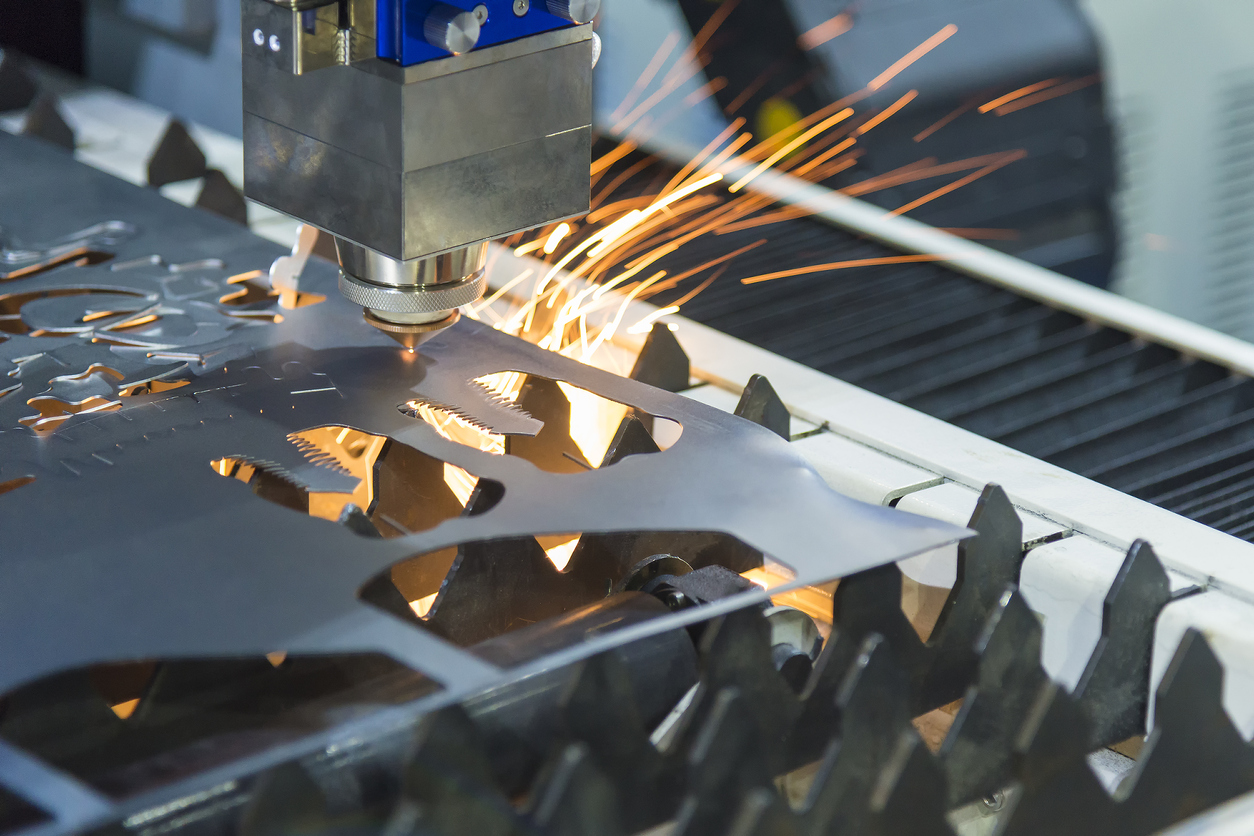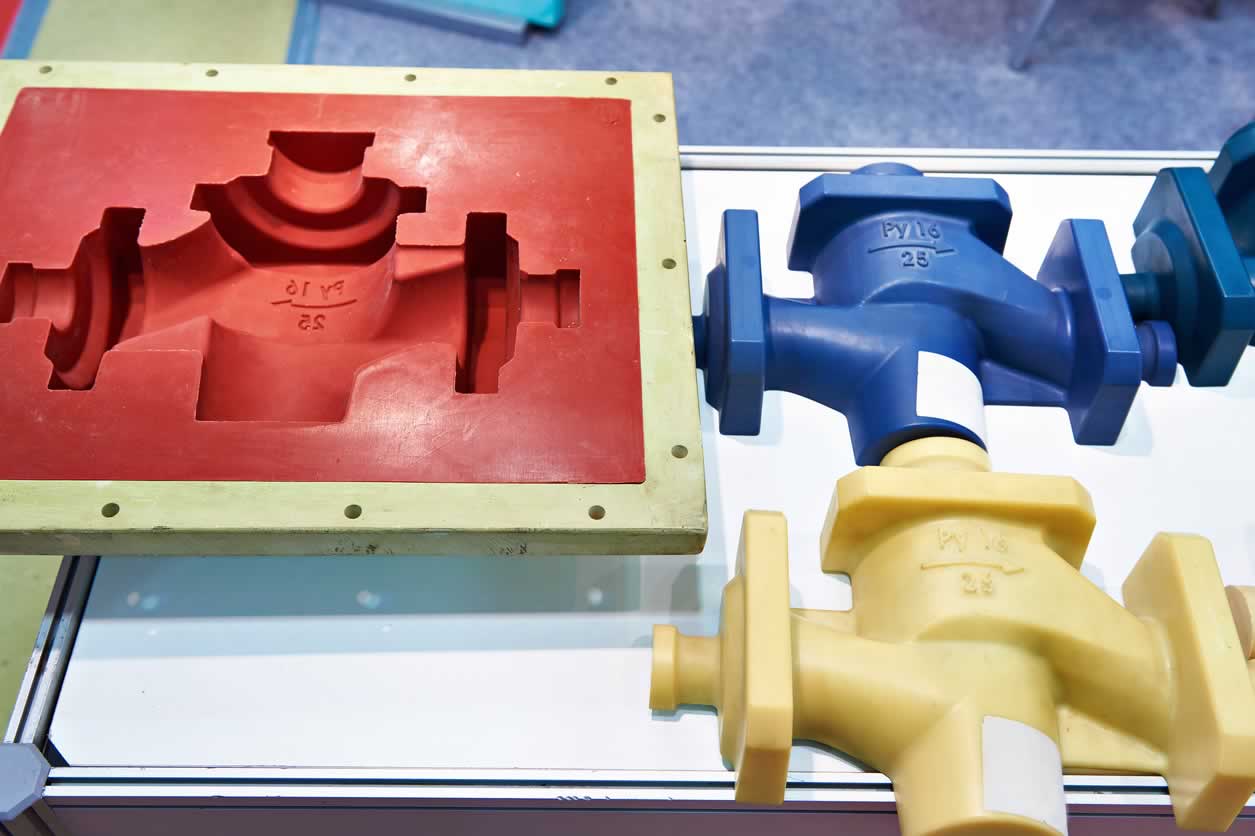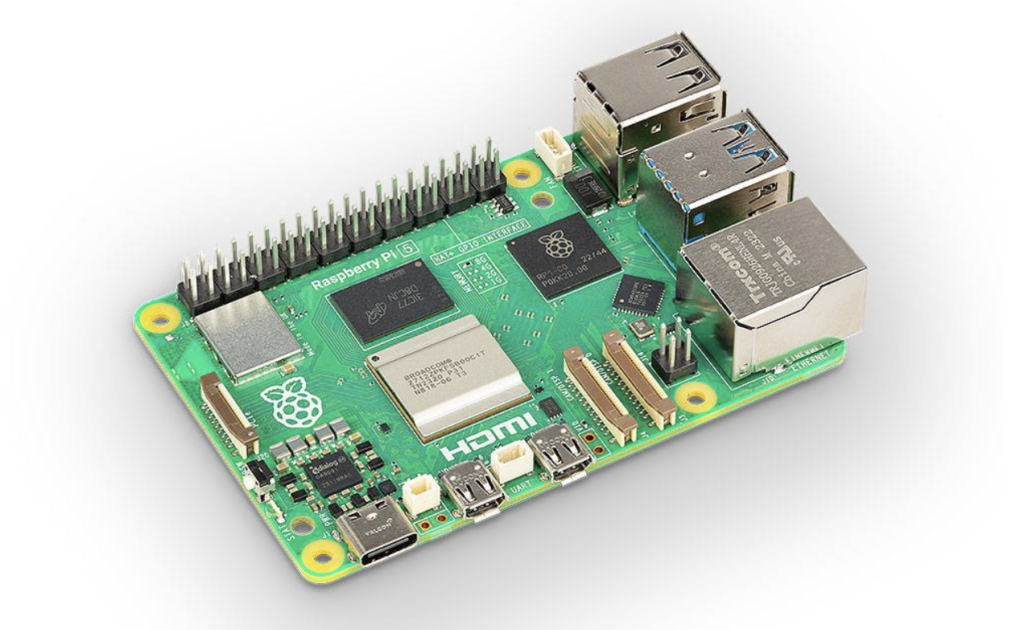
There are many different processes we use to make hard goods at Enventys Partners. Ultimately, it boils down to determining the most cost-effective way to produce your product. This is determined by several factors, including the budget for product development, the quantity of the item the client hopes to sell, and various design requirements.
In general, most hard goods that are produced on a large scale are made using CNC machining and injection molding. Learn more about these two methods of hard goods production below!
What is CNC Machining?
CNC machining involves using machinery controlled by a computer program to cut blocks or sheets of material into a desired shape.
A CNC mill achieves the desired shape by spinning a piece of equipment that looks similar to a drill bit at very high speeds, then moving it up, down, left, right, forward and backwards through the material.
Similarly, a CNC lathe works by spinning your material at high speeds while it is clamped into a chuck. A chuck is the piece at the end of a power drill that holds the different size drill bits in place. A lathe works the same way as a mill, but with a different mechanism to hold the material. While the material is spinning, a piece of metal with a sharpened edge is brought closer to it and slowly carves away at it. This process is generally used in place of a mill when the part is cylindrical in shape.
Both CNC machining processes date back to the 1700s, but were limited in use until the creation of computer technology that allowed for higher complexity and precision of parts.
Products made with CNC machining include:
- Auto parts and luxury car rims
- Aviation parts
- Metal casing on laptops and cellphones
- Furniture
- Crown molding

What is Injection Molding?
With a low overall cost and easy replication of parts, injection molding is an optimal method for mass production. Injection molding is a process that involves pushing molten plastic into a designed part mold. When the plastic part cools down to the point where it is solid, the mold opens up and the part is ejected and ready for use.
The injection molding process starts with part design. Once the part is designed and prototyped, the mold can be designed around it. When the mold is built and ready for use, the plastic is placed in the hopper, a container that holds the plastic, unmelted, until it’s ready for use. From the hopper, the plastic funnels into the barrel, where it is melted and injected into the mold.
It enters through the sprue, which is a channel that the plastic is initially poured into, and goes through the runners, which are the paths directing the flow to the molds. The plastic then enters through a gate to the part cavity, which is the mold of the part.
Typical materials used for injection molding are thermoplastics, thermosets and elastomers. Thermoplastics are generally used more often because they have the ability to be melted, cooled, and melted again, without burning. This is a great feature because it ends up being more reusable. When the molds have cooled and set, the cooled plastic in the runners and gates can be reused in another mold by melting it down again. These recyclable properties are another reason injection molding is so efficient and cost effective.
Types of injection molded products include:
- Sunglasses
- Cell phone cases/accessories
- Trash cans
- Hair brushes/toothbrushes
- Helmets
- Plastic cutlery

For more information about how we can use CNC machining and injection molded parts to design and prototype your product, get in touch today!
Work With Us
Want to learn more about how we’d prepare your product for launch? Request a quote today.
Want To See This Advice In Action?
Check out our case studies and learn more about how we’ve achieved stellar results for our clients.



